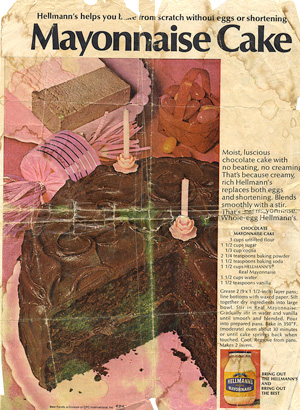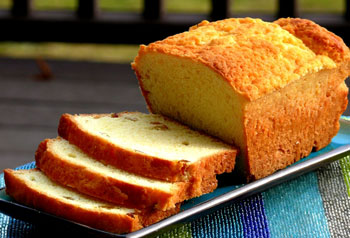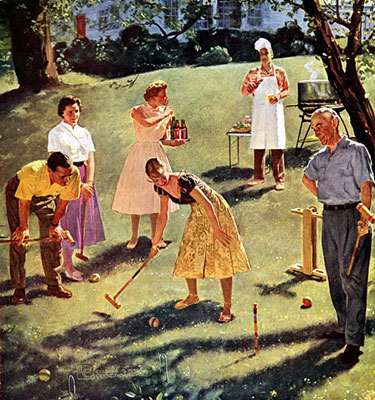 Holidays can be treacherous times for anyone trying to shed weight…unless you’ve learned how to fill yourself up and fake yourself out with The Skinny versions of the foods you crave!
Holidays can be treacherous times for anyone trying to shed weight…unless you’ve learned how to fill yourself up and fake yourself out with The Skinny versions of the foods you crave!
And if you’re craving mashed potatoes with your turkey dinner, or just want them as part of a simple supper, this is a recipe that delivers in taste and texture…but has only a fraction of the calories and none of the fat.
Mashed potatoes made with milk and butter can have as much as 200 calories a cup. But a cup of “mock mashed” made with nutrient rich cauliflower has less than 30!
I didn’t invent the brilliant substitution of cauliflower for spuds–that’s a trick I learned from The South Beach Diet years ago…
But by changing the cooking technique–microwaving the cauliflower rather than steaming it (which made it too wet!)–and using just a wee bit ofSmart Balance Light Butter Spread and fat-free half and half, the dish is now quicker, easier, requires much less clean-up AND has much better flavor and texture..which means I can serve it to the pickiest of eaters!

 For some reason, I recently had a hankering for Chocolate Mayonnaise cake, a staple in our house when I was growing up. If you're not familiar with it, it's a wonderfully moist chocolate cake that was created, according to food legend, by the wife of a Hellman's mayonnaise salesman to help increase his sales. Although it may seem like an odd ingredient, the mayonnaise is used in place of eggs and oil, making it handy to throw together with just a few pantry ingredients.
For some reason, I recently had a hankering for Chocolate Mayonnaise cake, a staple in our house when I was growing up. If you're not familiar with it, it's a wonderfully moist chocolate cake that was created, according to food legend, by the wife of a Hellman's mayonnaise salesman to help increase his sales. Although it may seem like an odd ingredient, the mayonnaise is used in place of eggs and oil, making it handy to throw together with just a few pantry ingredients. Cool as a cucumber…and on the hottest of summer days, a refreshing and cool treat is hard to pass up. Thinly sliced, set on ice, and seasoned with a dash of basil, salt, and pepper, this easy breezy salad is sure to be a hit at your table…it is at this Farmer’s table!
Cool as a cucumber…and on the hottest of summer days, a refreshing and cool treat is hard to pass up. Thinly sliced, set on ice, and seasoned with a dash of basil, salt, and pepper, this easy breezy salad is sure to be a hit at your table…it is at this Farmer’s table! One of the best things of being a food photographer is the access to new tastes, flavors and recipes. Because 100% of what we do at our studio is actually edible, you’ll find me on set most days asking this series of questions to Adam, my food stylist partner:
One of the best things of being a food photographer is the access to new tastes, flavors and recipes. Because 100% of what we do at our studio is actually edible, you’ll find me on set most days asking this series of questions to Adam, my food stylist partner: Babka (cake) is a big part of my childhood memories. If you don't know what babka is, I guess the best way to describe it is a very spongy, brioche-like yeast cake. It's sweet and usually has a fruit filling such as golden raisins. It's a very dense cake and the dough can be very finicky and easily over-mixed.
Babka (cake) is a big part of my childhood memories. If you don't know what babka is, I guess the best way to describe it is a very spongy, brioche-like yeast cake. It's sweet and usually has a fruit filling such as golden raisins. It's a very dense cake and the dough can be very finicky and easily over-mixed.
